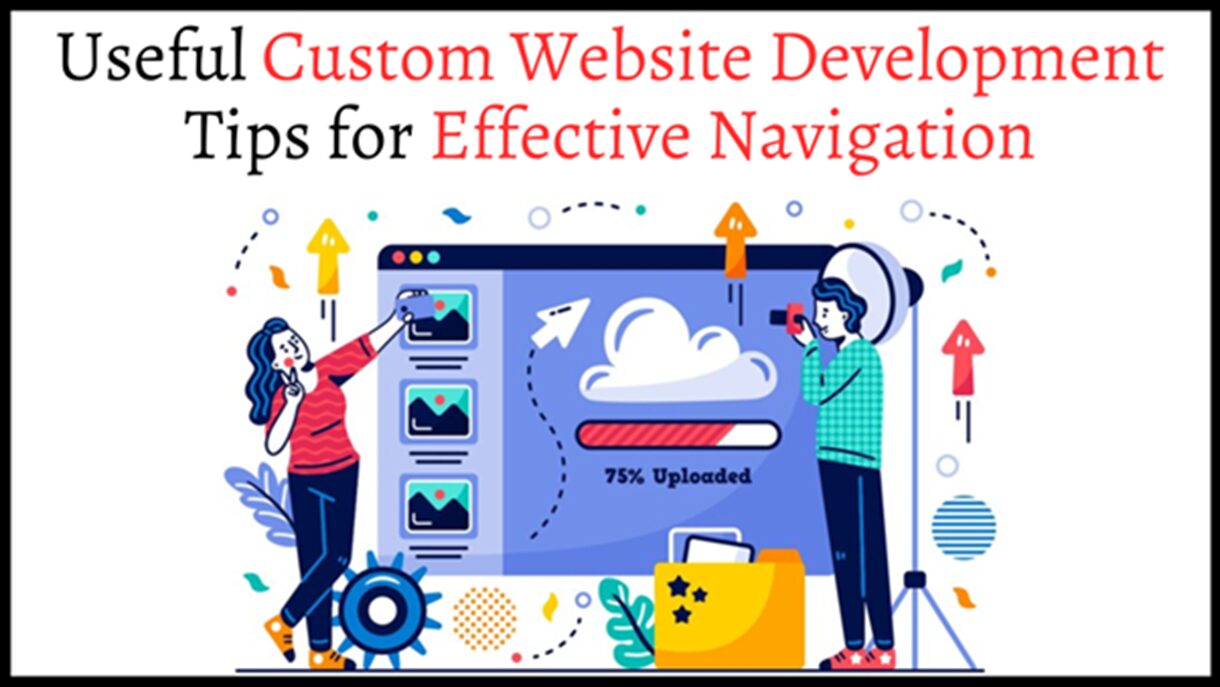
Increase Sales with your Marketing Campaigns through Testimonials
4 minutes | Word Count: 642Wouldn’t it be great if you could get ten of your happiest customers to sit down and talk to prospects about how much they love your product or service?
When you use testimonials, you can. And by placing testimonials strategically into a direct mail sales letter, you’re almost guaranteed to increase response rates.
But using testimonials effectively takes a little more work than slapping a few satisfied customer quotes at the end of your sales letter. So, let’s take a look at some tips for effectively utilising testimonials in order to amplify sales and increase direct mail response rates.
What is a Testimonial?
A testimonial is simply a quote from a customer that demonstrates satisfaction with a product or service they have purchased. You can use testimonials to add credibility to your website, brochures and especially marketing campaigns like email or mail.
A Few Important Tips
As long as the testimonial is positive and genuine, including it should always add extra punch and power to your campaign. However, there are several ways you can transform a good testimonial into a great testimonial.
ALWAYS use real testimonials
It can be very tempting to create your own testimonial and slap a fake name next to it. Avoid this at all costs. First and foremost, it’s unethical. Second, by not going out and asking your customer’s why they like your product, you’re selling yourself short.
Testimonials help you define benefits you probably never even considered. By speaking to your customers, you’re likely to find gems of information to market around – especially in your sales letters.
Don’t forget to get a signed release from a customer before using their name and/or picture in your marketing materials.
Use Full Attribution
Because you will be using genuine testimonials, it’s important to use a full name at a minimum. Using less than a full name may cause readers to believe your testimonials are not real.
Notice how I said use a full name at a minimum? Also notice how this site uses the testimonials as I have suggested. That’s because the more attribution information you include, the more believable your testimonial will be. The more believable it is, the better your prospect will feel about purchasing what you sell.
Ask the customer who gave the testimonial if you can include the following:
- Full name
- City and state
- Age (if relevant to the product you sell)
- Profession and company name (if relevant to the product you sell)
Take a look at these two examples of a testimonial for a commercial oven. Which do you think is more believable?
Example 1
“I love this product! It’s helped my business in so many ways, I can’t even begin to explain!” –John
Example 2
“I love this product! It’s helped my business in so many ways, I can’t even begin to explain!” –
John Baker, Atlanta, Georgia
Head Chef at Yum Bakery
Long is better than short
As I mentioned above, testimonials can be as short as one line. Here are some examples:
“…fantastic!” –Sara Jones of Chicago, IL
“…amazing!” – Leo Markus of Madison, WI
Although short testimonials are good, using longer, more specific customer stories will pack more punch.
Remember, you are using testimonials to convince your prospect that your product/service is worth their money. One-word testimonials don’t do a great job of convincing.
Instead, get rid of those ellipses (…) and include the rest of your satisfied customer’s sentence. Ellipses can create a perception that you are leaving something out. The more detail and information your testimonial includes, the more effective it will be.
It may take a little extra work to gather and review testimonials. But when used correctly, they can provide that extra oomph you need to drive direct mail response rates through the roof.
























